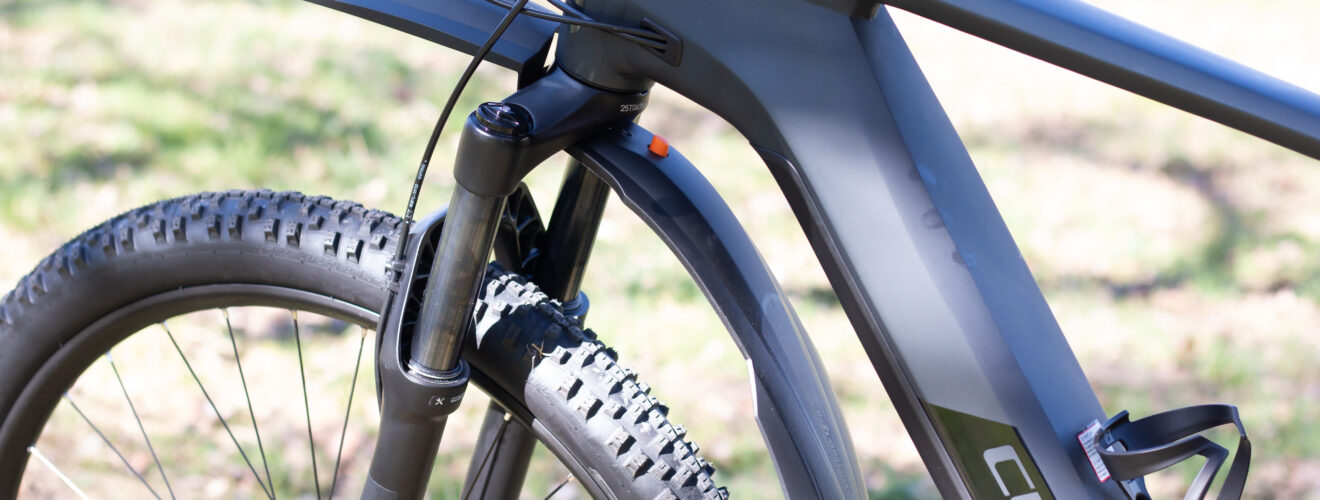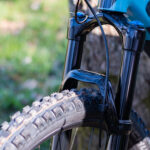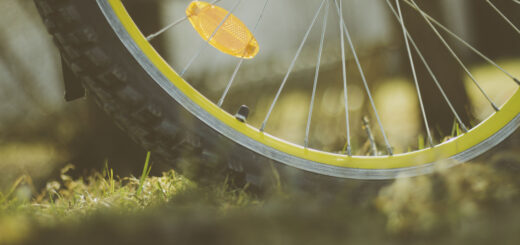The mudguard

One thing in advance: it is not compulsory! But it does protect your rear end from wetness and mud. If you value this valuable feature, you certainly need a mudguard. Especially in the wet season, protection is indispensable, unless you have the right dirty-weather protective equipment.There are some who say that it is a sin and an absolute breach of style to install a mudguard – you “wimp, that looks ugly” … But that is up to everyone.But it’s up to you whether you want to protect your backside from the weather.
They come in many different designs and materials. Metal, plastic, carbon, minimalist and comfortable ones with skirt protection for the lady. Of course, you not only protect the rider from protection and stones, but also the frame from paint damage.
Mounting: The right width is crucial!
A mudguard should always be wider than the ridden mantle (approx. 2-3 mm). If this is not the case, water and dirt can splash past the mudguard. A slightly curved mudguard allows it to be fitted closer to the tyre and saves space.
Material and mounting types
They come in many different types. Fixed mudguards are usually made of metal or aluminium. With plug-in mudguards (usually made of plastic), you are very flexible and they can be easily removed when the weather is nice. The plug-in mudguard on the front wheel is usually relatively short and you should make sure it has a high-quality mount.
The mudguard on the rear wheel, on the other hand, is usually longer and is therefore attached to the frame with a clip or similar. You can also secure it with a cable tie to ensure even more stability.
Another way to stabilise the mudguard is to use mudguard stays. With the heavier metal mudguards, additional struts are attached to the frame (they can usually be retrofitted). These reduce vibrations that occur when riding.


















Recent Comments